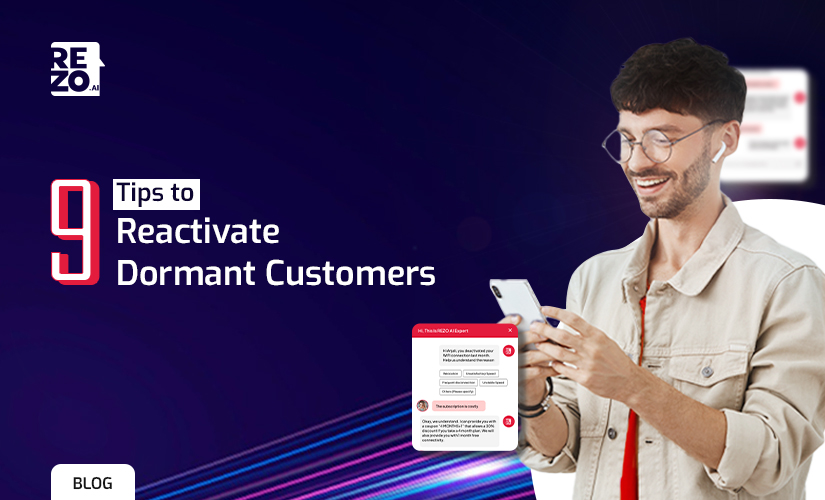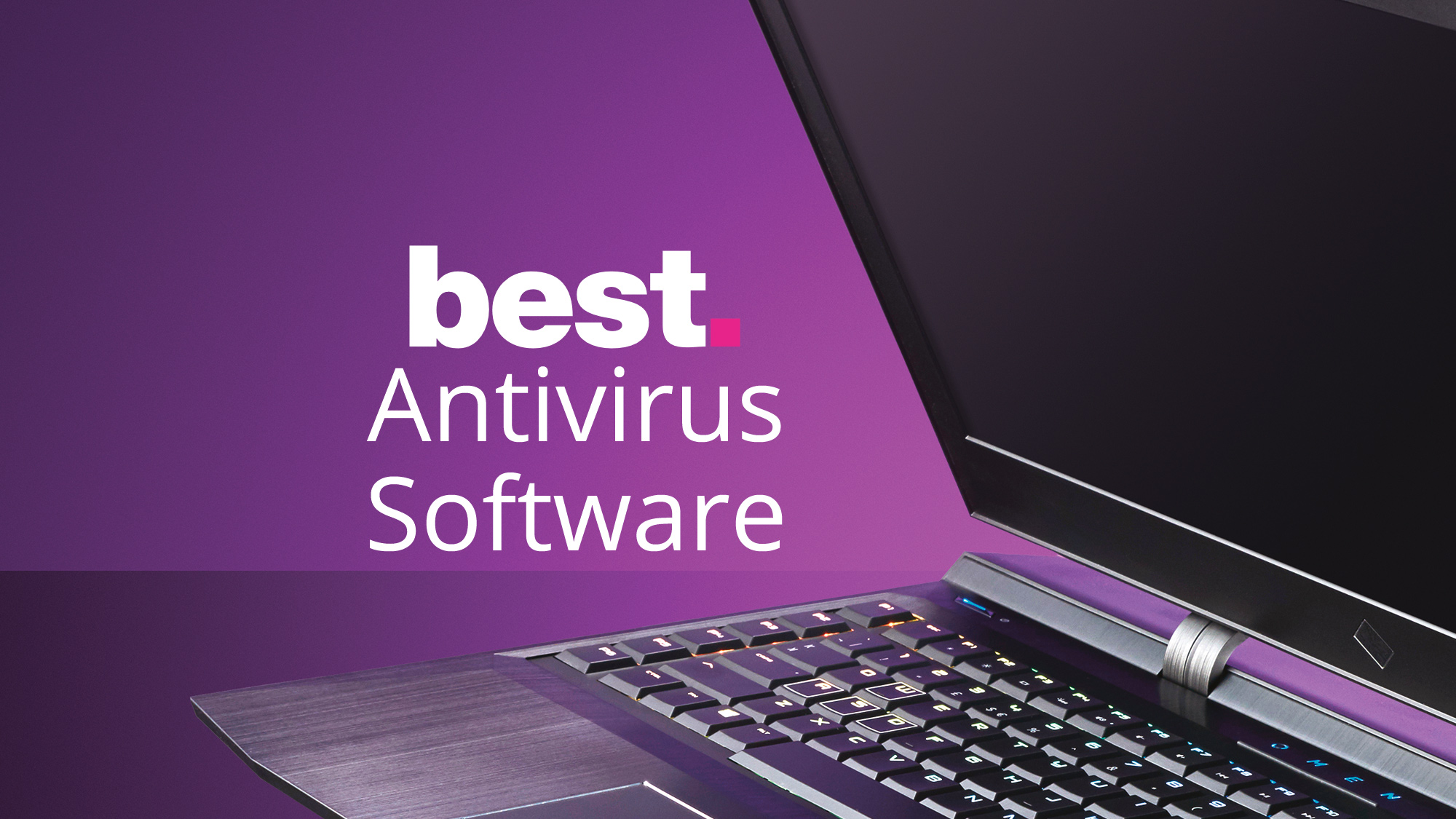Unlock the power of reactivation emails in 2024 with this comprehensive guide. Boost engagement and conversions effectively.
Are you struggling to re-engage with dormant customers through email marketing? Reactivation emails can be a powerful tool to bring back lapsed customers and drive them towards making a purchase. In this guide, we will delve into the strategies and best practices for creating effective reactivation email campaigns to revitalize your customer base.
Learn how to craft compelling subject lines, personalize content, and entice recipients to take action. Stay ahead of the competition in 2024 by mastering the art of reactivation emails.
1. Why Reactivation Emails Are Important
In today’s competitive digital landscape, maintaining a strong and loyal customer base is crucial for the success of any business. However, as time goes by, some customers may become inactive, leading to lost opportunities and decreased revenue. This is where reactivation emails come into play – they are a powerful tool that can help businesses reconnect with their dormant customers and revive their interest in the brand.
1.1 Gain Back Lost Customers
Reactivation emails offer a second chance to win back customers who have become disengaged or forgotten about your brand. These emails are specifically designed to rekindle their interest by reminding them of the value your product or service offers and reigniting the relationship you once had.
By showcasing new features, updates, or exclusive offers in a concise and compelling manner, reactivation emails encourage recipients to take action, such as revisiting your website, making a purchase, or subscribing to your newsletter. This targeted approach ensures that potential customers don’t slip through the cracks, ultimately helping to increase your bottom line.
1.2 Increase Customer Engagement
Reactivation emails also play a vital role in increasing customer engagement. By reaching out to inactive customers, you show that you value their business and want to reestablish a connection. This personal touch not only helps to improve customer sentiment but also creates a sense of loyalty towards your brand.
Through well-crafted reactivation emails, you can provide personalized recommendations based on their previous purchases or browsing history, offering relevant product suggestions that cater to their specific needs and preferences. This tailored approach not only grabs their attention but also increases the chances of them re-engaging with your brand, making a purchase, or becoming an active subscriber once again.
It’s important to remember that reactivation emails should be optimized for mobile devices, as many customers now read their emails on smartphones or tablets. By adhering to responsive design principles, you ensure that your reactivation emails are visually appealing and easy to navigate, regardless of the device they are being viewed on.
In conclusion, reactivation emails are a powerful marketing tool that can help businesses regain lost customers and increase overall customer engagement. By offering personalized recommendations, showcasing new features, and emphasizing the value of your brand, reactivation emails have the potential to make a significant impact on your bottom line. Don’t underestimate the power of reconnecting with inactive customers – start utilizing reactivation emails to unlock new business opportunities and foster long-lasting customer relationships.

2. Crafting Effective Reactivation Emails
Reengage your audience successfully by crafting effective reactivation emails that grab attention and drive action.
2.1 Personalize The Subject Line
Grab attention with a personalized subject line that resonates with the recipient.
2.2 Address The Inactive Period
Show empathy by acknowledging the inactive period in a friendly manner.
2.3 Highlight New Features Or Updates
Showcase new features or updates to reignite interest in your product or service.
2.4 Offer A Special Incentive
Entice recipients with a special incentive that motivates them to take action.
2.5 Create A Sense Of Urgency
Generate urgency by emphasizing limited-time offers or deadlines in your reactivation emails.
3. Design Tips For Reactivation Emails
When it comes to reactivating dormant customers, your reactivation email design plays a crucial role in capturing their attention and encouraging them to engage with your brand once again. Here are three essential design tips for creating irresistible reactivation emails.
3.1 Use A Clean And Simple Layout
A clean and simple layout enhances the readability and visual appeal of your reactivation emails. Ensure that the design is clutter-free with ample white space to draw the reader’s focus to the key message. Utilize a clear hierarchical structure and minimalistic design elements to guide the recipient’s eyes through the content seamlessly.
3.2 Include Eye-catching Graphics
Incorporating eye-catching graphics can significantly elevate the visual interest of your reactivation emails. Engaging images, illustrations, or infographics can convey your message effectively and evoke an emotional response from the recipient. High-quality visuals not only attract attention but also reinforce your brand identity, making your email more memorable.
3.3 Optimize For Mobile Devices
With the majority of users accessing emails on their mobile devices, it’s imperative to optimize your reactivation emails for seamless viewing on smartphones and tablets. Implement responsive design techniques to ensure that your email layout adapts to various screen sizes, providing a flawless experience for mobile recipients. Additionally, prioritize succinct and scannable content to cater to on-the-go users.
4. Timing And Frequency Of Reactivation Emails
In the world of email marketing, timing and frequency play a critical role in the success of reactivation campaigns. Knowing when and how often to send reactivation emails can have a significant impact on engagement and conversion rates. In this section, we will explore the best practices for determining the ideal timing and finding the right frequency for reactivation emails to maximize their effectiveness.
4.1 Determine The Ideal Timing
When it comes to reactivation emails, timing is crucial. The ideal timing varies depending on your audience and industry. To determine the ideal timing for your reactivation emails, analyze your subscribers’ behavior patterns. By understanding when they are most likely to engage with your emails, you can schedule your reactivation emails for maximum impact.
4.2 Find The Right Frequency
Finding the right frequency for your reactivation emails is essential for striking a balance between staying top-of-mind and avoiding overwhelming your subscribers. By testing different frequencies, you can identify the cadence that resonates best with your audience. Consider the state of inactivity, the nature of your product or service, and the average engagement level of your subscribers when determining the right frequency for your reactivation emails.
5. Implementing Segmentation For Reactivation Emails
Segmentation is a crucial strategy for reactivation emails. By dividing your inactive customers into specific segments based on their behavior, demographics, or purchase history, you can tailor your reactivation emails to resonate with each group, boosting the chances of re-engagement. Let’s dive into the key tactics for implementing segmentation effectively.
5.1 Segmenting Inactive Customers
Begin by dividing your inactive customer base into distinct segments. Consider factors like purchase history, last interaction with your brand, geographic location, or demographics. Create segments such as ‘Recent Inactives,’ ‘High-Value Customers,’ ‘Geographic Clusters,’ or ‘Product Preferences’ to personalize your reactivation emails according to each segment’s characteristics.
5.2 Personalizing Content For Segments
Once you have identified your segments, tailor the content of your reactivation emails to resonate with each group. Craft personalized messages that acknowledge the specific behavior or preferences of the segment, such as offering relevant product recommendations, exclusive offers, or personalized content that speaks directly to their interests and past interactions with your brand.

6. A/b Testing And Optimization For Reactivation Emails
In today’s competitive digital landscape, reactivating dormant customers is crucial for sustainable growth. One powerful technique for improving the effectiveness of reactivation emails is A/B testing. By conducting these tests, you can measure how different elements of your emails impact customer engagement and conversion rates, allowing you to optimize your messages for maximum impact.
6.1 Setting Up A/b Tests
To execute successful A/B tests for reactivation emails, follow these steps:
- Identify a single variable: Start by selecting one element of your email to test, such as the subject line, call-to-action (CTA), or content placement.
- Create variations: Develop two or more versions of your email, each with a unique version of the chosen variable. For example, you might test different subject lines or CTAs to see which resonates best with your audience.
- Segment your audience: Divide your dormant customers into groups and randomly assign each group to receive one of the email variations.
- Send the emails: Distribute each version of the email to its designated group.
- Track and measure: Monitor key metrics such as open rates, click-through rates, and conversion rates for each email variation.
6.2 Analyzing Results And Making Adjustments
Once you have conducted your A/B tests, it’s time to analyze the results and make data-driven adjustments to optimize your reactivation emails.
Compare performance: Determine which email variation performed better in terms of your chosen metric(s). Look for statistically significant differences by calculating confidence intervals and performing statistical tests.
Identify patterns and insights: Analyze the data to identify patterns or trends. For example, you may discover that emails with shorter subject lines consistently yield higher open rates.
Make adjustments: Armed with your findings, make informed adjustments to your reactivation emails. Incorporate what you have learned from your A/B tests to improve underperforming elements while retaining successful ones. Iterate and refine your email content iteratively based on the insights gained.
Continue testing: Optimization is an ongoing process. As time goes on and your customer base evolves, make it a habit to regularly test new variables or revisit previously tested elements to ensure your reactivation emails stay relevant and effective.
7. Tracking And Measuring Success Of Reactivation Emails
In order to gauge the effectiveness of your reactivation email campaigns, it is crucial to track and measure their success. By analyzing key metrics and customer reactivation rates, you can gain valuable insights into the performance of your emails and make data-driven decisions. Here are some essential steps to help you assess the impact of your reactivation emails on your audience:
7.1 Choose Relevant Metrics
When measuring the success of your reactivation emails, it’s important to identify and focus on the metrics that are most relevant to your goals. Some key metrics to consider include:
- Open Rate: The percentage of recipients who open the reactivation email.
- Click-through Rate (CTR): The percentage of recipients who click on the call-to-action links within the email.
- Conversion Rate: The percentage of recipients who complete the desired action, such as making a purchase or reactivating their account.
- Bounce Rate: The percentage of emails that were undeliverable due to invalid addresses or other reasons.
- Unsubscribe Rate: The percentage of recipients who opt-out from receiving further emails.
By monitoring these metrics, you can gain insights into the engagement levels and overall effectiveness of your reactivation emails.
7.2 Monitor Email Performance
Tracking the performance of your reactivation emails is essential to understanding how well they resonate with your audience. Keep a close eye on your email campaigns by:
- Regularly checking your email marketing platform’s analytics: Utilize the built-in tracking and reporting features to monitor key metrics and identify trends.
- Comparing performance across different email variations: Test different subject lines, content, and call-to-actions to determine which elements drive higher engagement and reactivation rates.
- Segmenting your email list: Analyze performance based on different customer segments to uncover insights and tailor future reactivation emails to specific groups.
Consistently monitoring your email performance will enable you to make data-backed improvements and optimize your reactivation campaigns for better results.
7.3 Analyze Customer Reactivation Rates
One of the most critical metrics to assess the success of your reactivation emails is the customer reactivation rate. This metric measures the percentage of customers who respond positively and take the desired action after receiving your reactivation emails.
To analyze customer reactivation rates effectively, follow these steps:
- Define your desired action: Determine the specific action you want customers to take, whether it’s reactivating their account, making a purchase, or subscribing again.
- Track conversions: Use conversion tracking tools to monitor the number of customers who successfully complete the desired action.
- Calculate the reactivation rate: Divide the number of customers who reactivated or converted by the total number of recipients, and multiply by 100 to get a percentage.
- Analyze performance over time: Monitor changes in the reactivation rate across different email campaigns and identify any factors that may have contributed to improvements or deterioration.
By carefully analyzing customer reactivation rates, you can refine your reactivation email strategies and continually optimize your campaigns for maximum impact.
8. Case Studies: Successful Reactivation Email Campaigns
In this section, let’s delve into real-life examples of successful reactivation email campaigns by companies that have effectively re-engaged their inactive customers and significantly boosted customer engagement.
8.1 Company X: Regaining 25% Of Inactive Customers
Company X strategically crafted reactivation emails that resonated with their inactive customers, leading to a remarkable 25% reactivation rate.
8.2 Company Y: Boosting Engagement By 40%
By sending targeted reactivation emails, Company Y witnessed a substantial 40% increase in customer engagement, showcasing the power of personalized communication.

Frequently Asked Questions For Reactivation Emails Guide For 2024
What Are The Strategies For Reactivation Emails?
Strategies for reactivation emails include personalized content, enticing subject lines, clear call-to-actions, optimized sending times, and testing different approaches.
How To Do A Reactivation Campaign?
To conduct a reactivation campaign, follow these steps: 1. Identify inactive customers. 2. Segment them based on their preferences and behaviors. 3. Craft personalized and compelling messages. 4. Use diverse channels like email, social media, and SMS. 5. Offer incentives or exclusive deals to encourage engagement and purchases.
How Do You Write A Re-engagement Email?
To write a re-engagement email, follow these guidelines: 1. Keep sentences concise, with a maximum of 20 words each. 2. Ensure the content is SEO friendly, unique, and plagiarism free. Write in an easy-to-understand, active voice. 3. Avoid starting sentences with certain phrases like “When it comes,” “If you,” “Looking,” etc.
Use active voice, not passive. 4. Write in a way that passes AI writing detection while still sounding human. 5. Limit your response to within 50 words.
What Is A Reactivation Email?
A reactivation email is a message sent to inactive customers to encourage them to resume engagement with a brand or service. It aims to reignite interest and prompt action, such as revisiting a website or making a purchase.
Conclusion
To sum up, implementing reactivation emails for your 2024 strategy can boost engagement rates. Utilize personalized content and targeted timing to re-engage dormant users effectively. Remember to track metrics and iterate on your campaigns for continuous improvement. Embrace the power of reactivation emails for success in the digital landscape.



